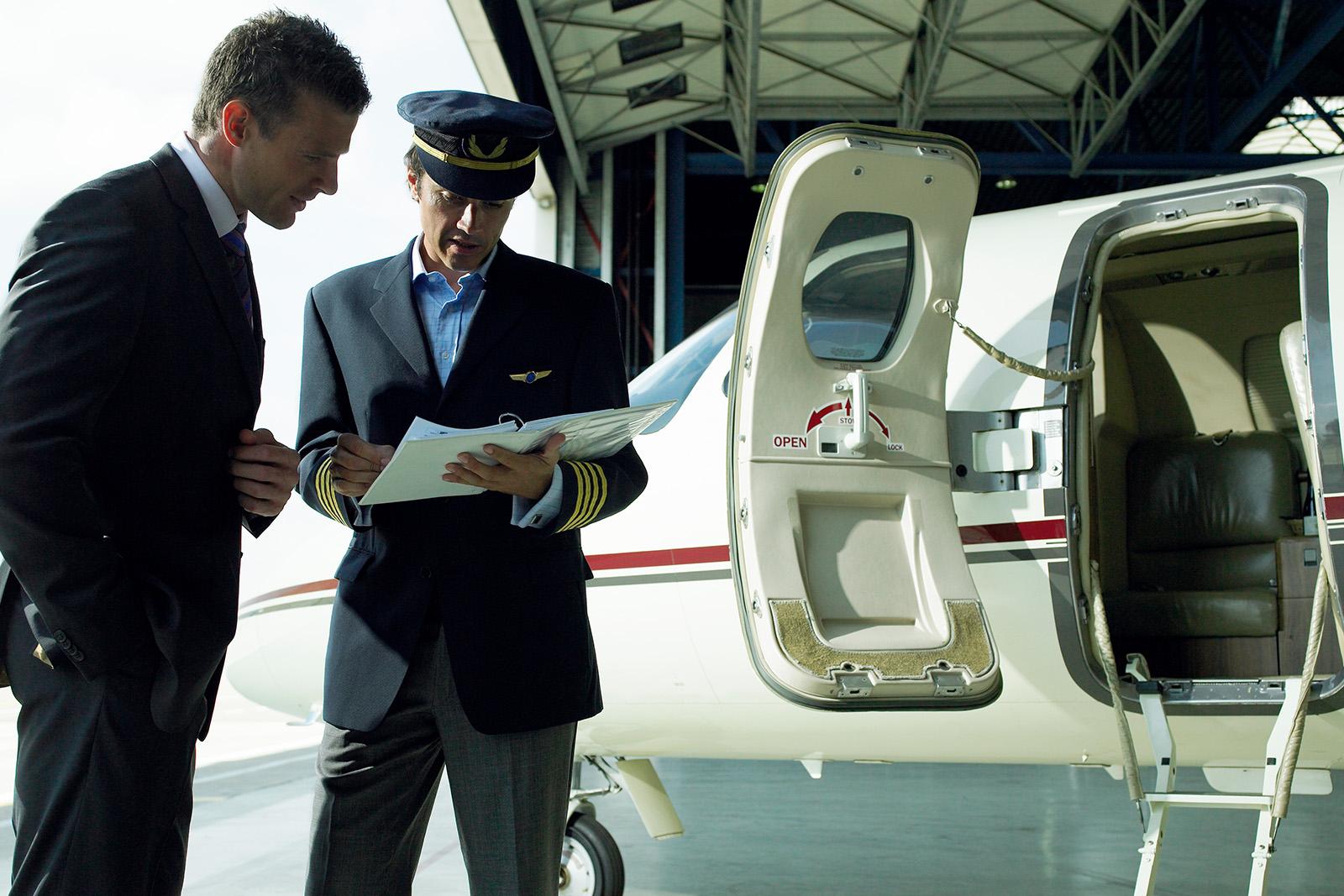
When it comes to recruiting pilots during this time of a growing shortage, the business aviation industry must compete with the airlines for talent, but it is like David going up against Goliath, says Sheryl Barden, president and CEO of Aviation Personnel International (API), a business aviation recruiting firm.
There has never been a more competitive time. The airlines have massive recruiting budgets, pay finders’ fees for referrals and have set up pathway training programs with flight schools. Barden notes that business aviation does not have the scale available that airlines do for such an undertaking.
That is a challenge for the business aviation industry to solve, she says. “My concern is when that young pilot man or woman gets on the airline track, how do they get off and come to business aviation,” she says. How do they learn about business aviation as a career choice?
Barden’s remarks come as API, founded by her mother Janice Barden in 1971, celebrates its 50th anniversary. The milestone date was in 2021 but due to the COVID-19 pandemic, Barden says, it did not feel like the right time to celebrate. She joined API full time in 2001.
The pilot shortage is more severe than it was before the pandemic. “What we saw during the pandemic was that a lot of our flight departments were just in real inertia, doing very little flying,” Barden says. “We knew that things were going to come back again once we started flying. It’s been very interesting because I think we are in just even a tougher spot that we were going into the pandemic from a hiring standpoint.”
Other industries are facing hiring challenges. “But I think ours is driven by maybe some very different things,” Barden says. “It’s certainly been driven by a pilot shortage that in my opinion has been 20-plus years in the making. It’s putting a lot of pressure on all our business aviation departments. So, we’re working with our clients around that.”
Airline pilots are retiring faster than replacements can be hired. In the past, commercial and business aviation would poach talent from one another, says Jennifer Pickerel, API vice president, Midwest Regional Office. Now, commercial aviation is doing all the poaching.
“It’s driven an interesting change on the desires of the talent on the business aviation side, because they know what could be afforded them if they go across the aisle [to the airlines], so to speak,” Pickerel says. “Some of the perception, of course, is that in commercial aviation, there is more stability, and you’re bidding on your schedule. So, the work-life balance [with the airlines] is a little bit more predictable.”
The airlines have raised benefits, such as higher employer contributions to 401(k) accounts, and have raised pay—in some cases as much as 50% over the past five years. They also have reduced the time it takes to progress from first officer to captain. “It’s hard for business aviation to compete that way,” Pickerel says.
To combat the shortage, Barden says, “our focus should be on recruiting younger pilots from the airlines before they reach captain status. Before they get to the second half of their career, we need to recruit them one by one and ask, ‘Are you dissatisfied? Are you willing to take the leap and come to business aviation for a different lifestyle and community environment?’ And we must compensate them competitively with the airlines.”
The business aviation industry is realizing that some of commercial aviation’s most attractive elements should be instilled on the business aviation side. “Sometimes it’s successful; sometimes it’s not,” Barden says.
One young pilot told Pickerel, for example, that he felt he was doing a disservice to his family by not checking out what commercial aviation offers because of the opportunity for greater wealth building. “There are definitely ways that we can still step up to compete, but it’s never been more competitive,” Pickerel says.
In addition, the industry is not training enough pilots. “In another 10 years, I don’t think we’ll have many 40-year old pilots in business aviation,” Barden says. “Our traditional pipeline ‘feeders’—the military and regional airlines—are all bypassing business aviation for the airline pay and schedule. That’s a major shift that affects supply and demand, as well as compensation.”
Barden has clients who have hired young pilots and put them through rigorous in-house training. “But it takes a lot of work; it takes a whole team effort, and it takes a unique young pilot to make that happen,” Barden says. “But those that have been successful at it are really thriving.”
Another challenge is the availability of training. API works to find a person who is the right fit for a company. But if the right person needs training on a particular aircraft, he or she may have to wait six months for a training slot. “So that’s a whole, very new set of complications,” Barden says.
There is a need to refocus and rebuild the nature of business aviation’s talent recruitment, development and retention. While much of the focus is on the pilot shortage, aviation maintenance professionals are also in short supply. “We especially need to attract, train and retain pilots and maintenance professionals,” Barden says. “It is just as critical if not more critical.” About 27% of maintenance professionals are age 64 or older.
“Unfortunately, we don’t have enough young people going into aircraft maintenance. And when someone earns their A&P [Airframe and Powerplant] license, they’re often lured to join competitive industries, including auto racing, alternative energy, [urban air mobility], rockets and mass transit.”
